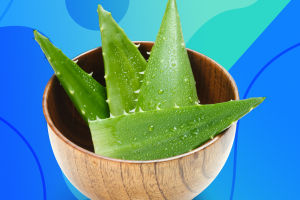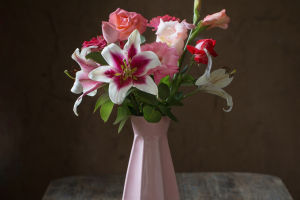It is widely recognized that green plants provide a range of benefits to our daily lives. They add beauty, freshness, and a touch of nature to any living space, and research has shown that they also have significant health benefits.
Nowadays, more and more people are choosing to bring greenery into their homes, regardless of whether they live in new or old houses, high-rise or low-rise apartments, or with or without a yard. This trend is particularly prominent in the emerging fourth generation of housing, which seeks to incorporate large-scale green planting to enhance the quality of life.
One popular plant for indoor growing is the heart-leaved orchid. This plant prefers a shady and humid environment and grows best at temperatures between 18-28℃. During the winter, it is important to maintain an overwintering temperature of around 5℃.
Heart-leaved orchids require very little sunlight, making them an ideal choice for north-facing balconies. To promote healthy growth, it is important to keep the soil loose and breathable and to apply thin fertilizer.
Adding moss to the soil can help to retain moisture, while any rotten leaves should be removed promptly to ensure the plant stays beautiful. As a vine plant, the heart-leaved orchid benefits from the use of a bracket or being pruned to encourage branching.
Another low-maintenance plant is the bamboo taro, which is tolerant of shade and humidity. This plant is an epiphyte and naturally grows in the rainforest under taller plants. Bamboo taro requires minimal sunlight and fertilizer, making it a great choice for indoor growing.
The Bostonia fern is also a popular choice for indoor planting, as it has bright green leaves and is evergreen throughout the year. In addition to its ornamental value, the Bostonia fern is also known for its air-purifying properties.
It can absorb formaldehyde from the air and inhibit the release of toluene and xylene from computers and printers, making it a hit among office workers.
When it comes to caring for indoor plants, it is important to maintain a slightly moist soil environment, but avoid waterlogging. During the growing season, it is important to water plants regularly to ensure the soil remains slightly moist.
If the soil is allowed to dry out, the plants are likely to develop yellow leaves. It is also important to maintain a suitable level of humidity, as many plants require a humid environment to thrive. Regularly spraying water can help to maintain humidity levels.
While many indoor plants are shade-tolerant, they do require some level of light to grow. It is best to keep plants in a brightly-lit area with diffused light, as too much direct sunlight can cause sunburn. Placing plants in a dark area can hinder their growth and lead to yellow leaves.
Overall, incorporating indoor plants into our homes and workplaces can have numerous benefits for our physical and mental health, as well as improve the overall aesthetic and air quality of our spaces. With a little bit of care and attention, anyone can enjoy the beauty and benefits of indoor greenery.


